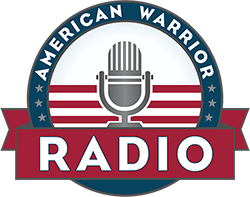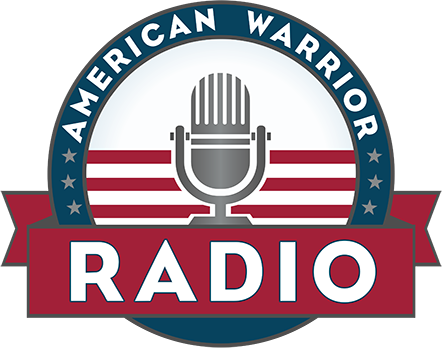The “Mighty Moo” was the nickname given by the crew to the light aircraft carrier USS Cowpens. At the time carriers were named after battles. While the Battle of Cowpens is a rather obscure revolutionary war battle, a postcard from a local pharmacist convinced President Roosevelt to do so.
The story of this scrappy little aircraft carrier is told in the book “The Mighty Moo; The USS Cowpens and Her Epic Journey from Jinx Ship to the Navy’s First Carrier into Tokyo Bay.” The book was written by professional intelligence analyst Nathan Canestaro as a tribute to his grandfather, who served as a tail gunner on a torpedo bomber flying off of the Mighty Moo. Nathan’s book is a great read and he does a great job in introducing us to many of the characters among the men who served aboard her.
The Cowpens was a ship that the Navy didn’t really want. However, the losses of heavy aircraft carries in the Pacific spurred President Roosevelt to order the Navy to convert a series of light cruisers to aircraft carriers. The “Independence” class of carriers had several disadvantages. As converted cruisers, they were very top heavy, the flight deck was much narrower than a traditional carrier, and the ship had a perpetual list.
Nathan tells us more about the incidents that brought many to believe that the USS Cowpens was a jinxed ship. However, despite participating in almost every major battle in the Pacific, the Mighty Moo was never hit by enemy fire. Japanese ships and planes weren’t the only threat. The USS Cowpens survived sailing through a typhoon that sank three destroyers and damaged 27 other ships.
Following the Japanese surrender, the USS Cowpens was selected to be the only aircraft carrier to sail into Tokyo Bay for the formal surrender ceremonies. Nathan shares his theory on why the Mighty Moo was selected.
The town of Cowpens, South Carolina still hosts an annual “Mighty Moo” Festival to honor the World War II aircraft character and her crew.

